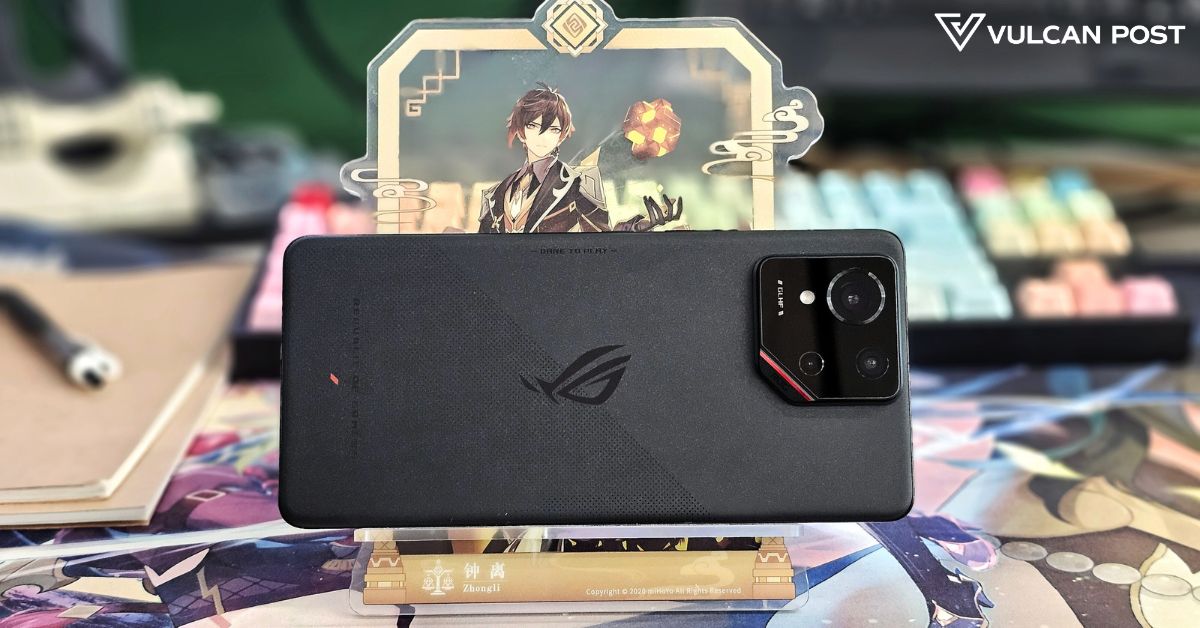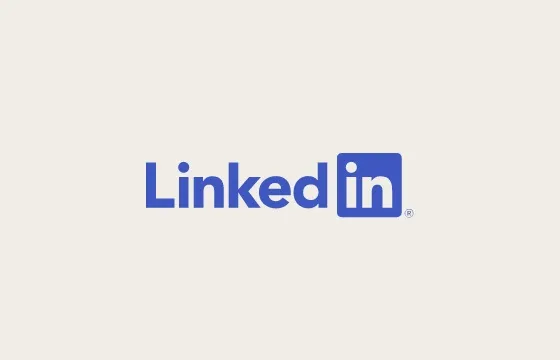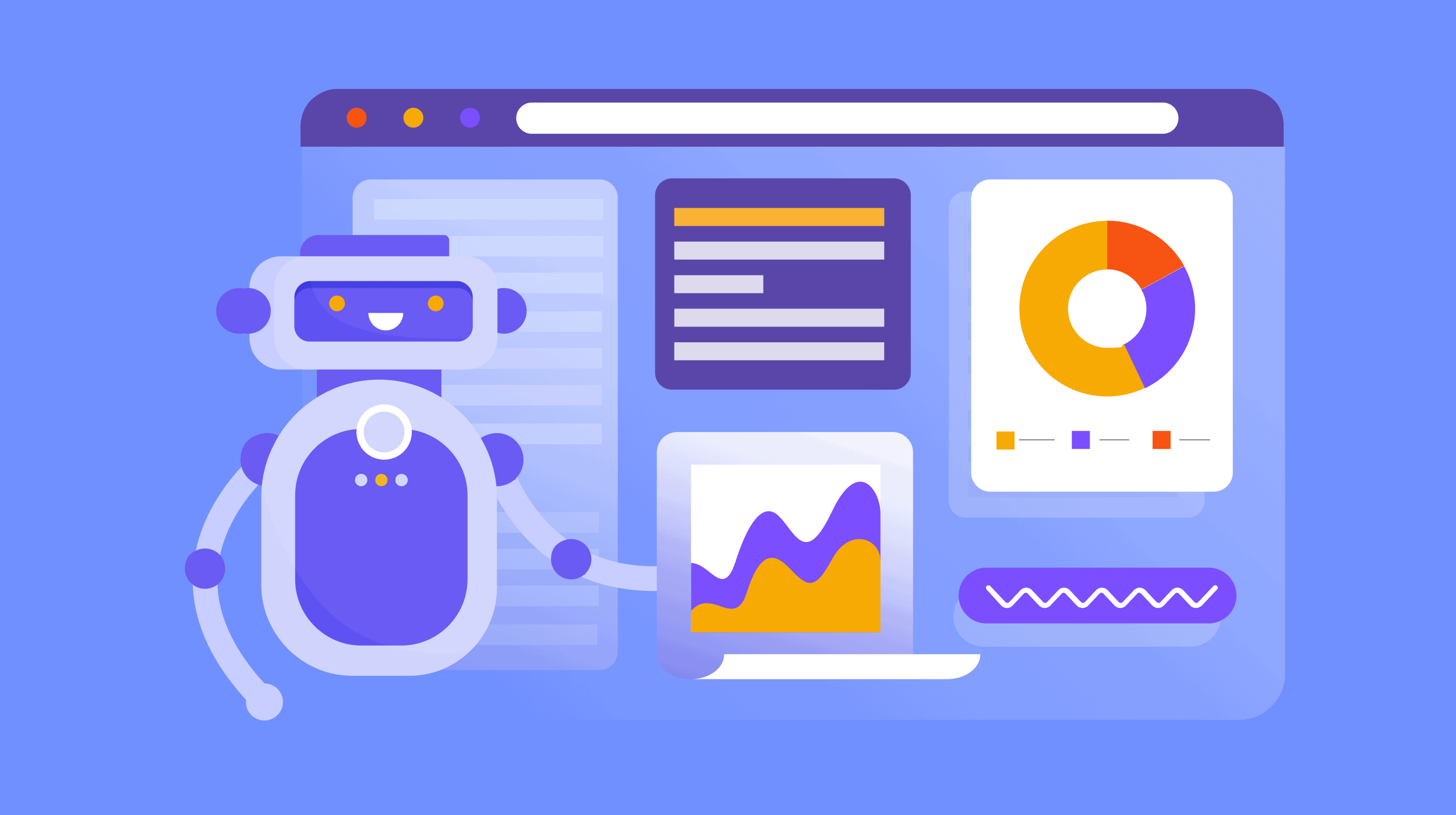Why You Shouldn’t ‘Panic Buy’ in the Face of Tariffs
Prices will probably go up, but you should still pump the brakes.

We may earn a commission from links on this page.

Credit: Wongsakorn 2468 / Shutterstock
You've probably heard a thing or two about the ongoing tariff situation. You might know the Trump administration has been imposing tariffs on countries around the world since February. What started as a 10% tariff on China, for example, has multiplied more than tenfold. Other countries have had tariffs threatened, imposed, then paused, all seemingly at random. It's chaotic, and it's having real-world implications on the stock market, businesses, and consumers.
It's tough to keep track of each development, but you've probably heard talk about increased prices—especially when it comes to consumer goods. Perhaps you've heard products like the iPhone are going to jump in price, and if you want to avoid it, you should buy a new iPhone today. You might feel the pressure when you read a headline about Apple flying plane-loads of iPhones in before tariffs take effect. Again: chaos.
Are devices going to get more expensive?
Here's the thing: No one knows exactly what's going to happen here. No one even know which tariffs are here to stay, and which are up for discussion: As I was writing this piece, Trump announced a 90-day pause on nearly all the reciprocal tariffs he imposed across the globe—save for China, which he raised from 104% to 125%. That said, the blanket 10% tariffs are still in effect here.
That might mean the situation isn't quite so dire for products and goods that are manufactured or originate from countries where the pause is in effect. If your goods are coming from India, for example, you don't have to worry about the 27% tariffs that started Wednesday at midnight—just the original 10%. The same goes for Vietnam, which was slapped with a 46% tariff.
While the drastic tariffs are off the table for most countries for now, most of the U.S.'s trading partners are still dealing with tariffs of some kind—including, of course, China. That means that companies may pass on the costs of these tariffs to consumers, whether it's because of a 10% tariff, or 125%.
If an iPhone 16e you're eyeing is coming from India, for example, that $599 price tag could rise 10% to roughly $660. If it's coming from China, however, that 125% tariff could add about $749 to the total, or raise the price somewhere around $1,348. Suddenly, Apple's "budget" iPhone is anything but.
Of course, that assumes a company like Apple passes along every cent of the tariff to consumers. This is where things continue to get messy: There's no predicting how companies will respond to these tariffs until they act. In fact, instead of raising prices, some companies are pausing sales in the U.S. altogether.
However, experts do expect companies to raise prices as tariffs make importing goods and products more expensive. Some companies have already confirmed as much. Acer announced it would be raising prices by 10% back in February: How do new tariffs affect that price hike? I can't guarantee if that iPhone 16e is going to more than double in price, but it probably won't be $599 in the near future.
You probably don't need to buy something new
Reading the above, it might seem like now's the time to buy something brand new. It's always temping to buy the latest and greatest tech on the market—especially when that tech could skyrocket in price at any given moment. But in all likelihood, you don't actually have to buy a new device right now.
I mean this in a couple of important ways. First, if the tech you already own is working for you, don't feel the pressure to buy something just because the upgrade is going to cost more in the near future. If your smartphone, computer, tablet, TV, what have you is running fine and serving your needs as-is, there's really no need to upgrade at all. You probably spent a considerable amount of money on the device you're reading this on right now: If you weren't going to buy a replacement before tariff fears, better to hold onto it for a while longer.
Even if your tech is on the older side, there are things you can do to boost its longevity. For example, if you've had your smartphone for a while, and it's slowing down while lasting fewer hours on a single charge, replace the battery. A fresh battery can obviously boost overall battery life, but it can also improve performance, since some smartphones slow down their processors to compensate for aging batteries. Win-win. Another quick tip? Mind your storage: Maxing out the internal storage of any device can cause issues, so make sure you're giving your device's internal drive some room to work with.
For a complex piece of tech like a laptop, there are plenty of steps you can take to boost performance. You can wipe your system and start fresh, in case any bloat was weighing your computer down; you can take advantage of features in power-hungry apps like Chrome to manage performance; and, if you're technically inclined, you can even crack it open, cleaning out the fans and reapplying thermal paste. You might be surprised how some simple maintenance can improve the performance of an older laptop.
However, the other side of the coin here is when you really do need to buy something new. Maybe you smashed your smartphone, or your laptop kicked the bucket, and a new device is the best solution. Or, maybe you just want a new device, and you're trying to figure out the best way to buy it with the threat of price increases on the horizon. Before you go to the store and buy the newest device, however, I strongly encourage you to consider a new device that isn't so new.
There has arguably never been a better time to buy last year's tech, or a device secondhand. Tech across the board has gotten so good, not only will it likely last longer than devices used to, but year over year updates just aren't that massive. The iPhone 15 Pro isn't that much slower than the iPhone 16 Pro, and the 14 Pro isn't that much slower than the 15 Pro, let alone the 16 Pro. Side by side, sure, you may notice some performance gains. But unless you really care about the Camera Control button, Apple Intelligence support, or the latest and greatest hardware, the iPhone from last year (or the year before) might be the move.
What do you think so far?
Smartphones really are a good example of this new age of technology longevity. Companies like Samsung and Google used to support their smartphones for only a few years at a time. Now, both guarantee software updates for seven years. While Apple never offers any official guarantees for how long it will support any given iPhone, the company tends to support its devices for many years as well. The iPhone XR, XS, and XS Max, for example, are over six years old, but still run the latest versions of iOS. That's not to say you should pick up an iPhone XR and expect the same experience as an iPhone 16; rather, these devices last a lot longer than they used to.
While buying last year's model is a great move, the secondhand market is also an excellent place to look. There are stores that sell certified refurbished devices—like Amazon, Best Buy, even Apple—that come with limited warranties. You may find even steeper deals on used markets like Reebelo or Back Market. As long as the device you're eyeing can handle the tasks you need it to, this can be a great way to save money on a new purchase.
These devices are going to be cheaper than the new devices are now, but tariffs could affect their prices, too. If the latest tech skyrockets in price, the older or used models may become more valuable, and their prices could inflate. Still, a laptop from last year sitting in an Amazon warehouse has already passed through customs, and will not be directly affected by increased tariffs on any country.
Sometimes, new is best
That's not to say you should never buy the newest device. There are plenty of times when it makes the most sense: I wouldn't be so frugal with smart tech, for example, considering the track record companies have for ditching their older devices entirely. You also wouldn't want to buy the older version of a device that's incompatible with newer devices you do own. Don't spend money on an outdated router that can't offer you the internet speeds you're paying your ISP for.
New tech is also, well, new: You don't have to do the mental math to think about how long it might be supported based on its original release date, nor do you need to worry about compatibility issues. If you were considering buying secondhand, there are zero concerns about whether the previous owner wrecked something the reseller overlooked (or neglected to mention). It's the latest thing the company offers—bells, whistles, and all.
It also helps when it makes financial sense to buy the latest piece of tech on the market. If your carrier offers you a deal that offers no financial difference between the latest smartphone or one from a previous year, of course you should go for the new one. Who knows what they'll offer you once smartphone manufacturers raise prices.
In fact, as great as Apple's M-series line is, I do recommend the latest M4 MacBook Air for most people. The $999 price tag for the latest hardware (and 16GB of RAM) makes it a fantastic value, enough so that I'd usually suggest it over an M2 or M3 Air. That said, Apple could easily raise the price of the MacBook Air due to tariffs. If so, poof! There's goes that great value.
Should you rush to buy something new? Probably not
Let's use the above as an example here: If you need a new MacBook right now, I'd say buy the M4 MacBook Air while it's still $999. If you're thinking about buying a new Mac, but your current laptop is working just fine, hold off. Even if Apple ends up raising the prices, there's an excellent M2 or M3 MacBook Air that will be worth the money you pay for it.
That's how I think you should approach this current tariff situation. These devices may get more expensive—but you shouldn't spend money on things you don't need for the sake of beating that inflation. Buy it if you need it, wait if you don't. If the price jumps, consider an older model instead. You'll get a great deal, and you can upgrade your tech when you actually need to.

Jake Peterson
Senior Technology Editor
Jake Peterson is Lifehacker’s Senior Technology Editor. He has a BFA in Film & TV from NYU, where he specialized in writing. Jake has been helping people with their technology professionally since 2016, beginning as a technical specialist at New York’s 5th Avenue Apple Store, then as a writer for the website Gadget Hacks. In that time, he wrote and edited thousands of news and how-to articles about iPhones and Androids, including reporting on live demos from product launches from Samsung and Google. In 2021, he moved to Lifehacker and covers everything from the best uses of AI in your daily life to which MacBook to buy. His team covers all things tech, including smartphones, computers, game consoles, and subscriptions. He lives in Connecticut.

 UsenB
UsenB 





















![The 2026 AI Search Benchmark Every SEO Leader Needs [Webinar] via @sejournal, @lorenbaker](https://www.searchenginejournal.com/wp-content/uploads/2025/11/1-259.png)











.jpg&h=630&w=1200&q=100&v=ebcc31501f&c=1)
